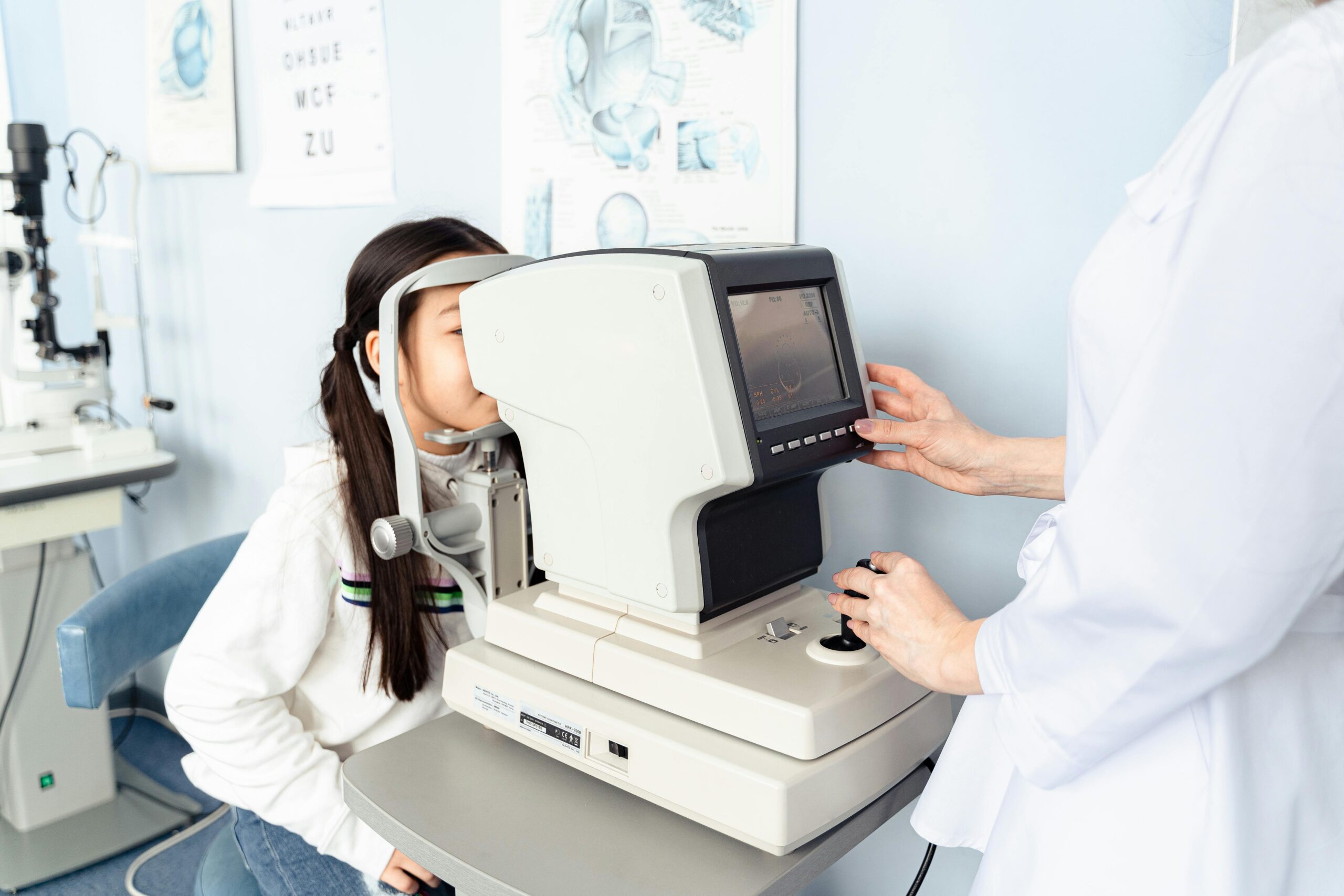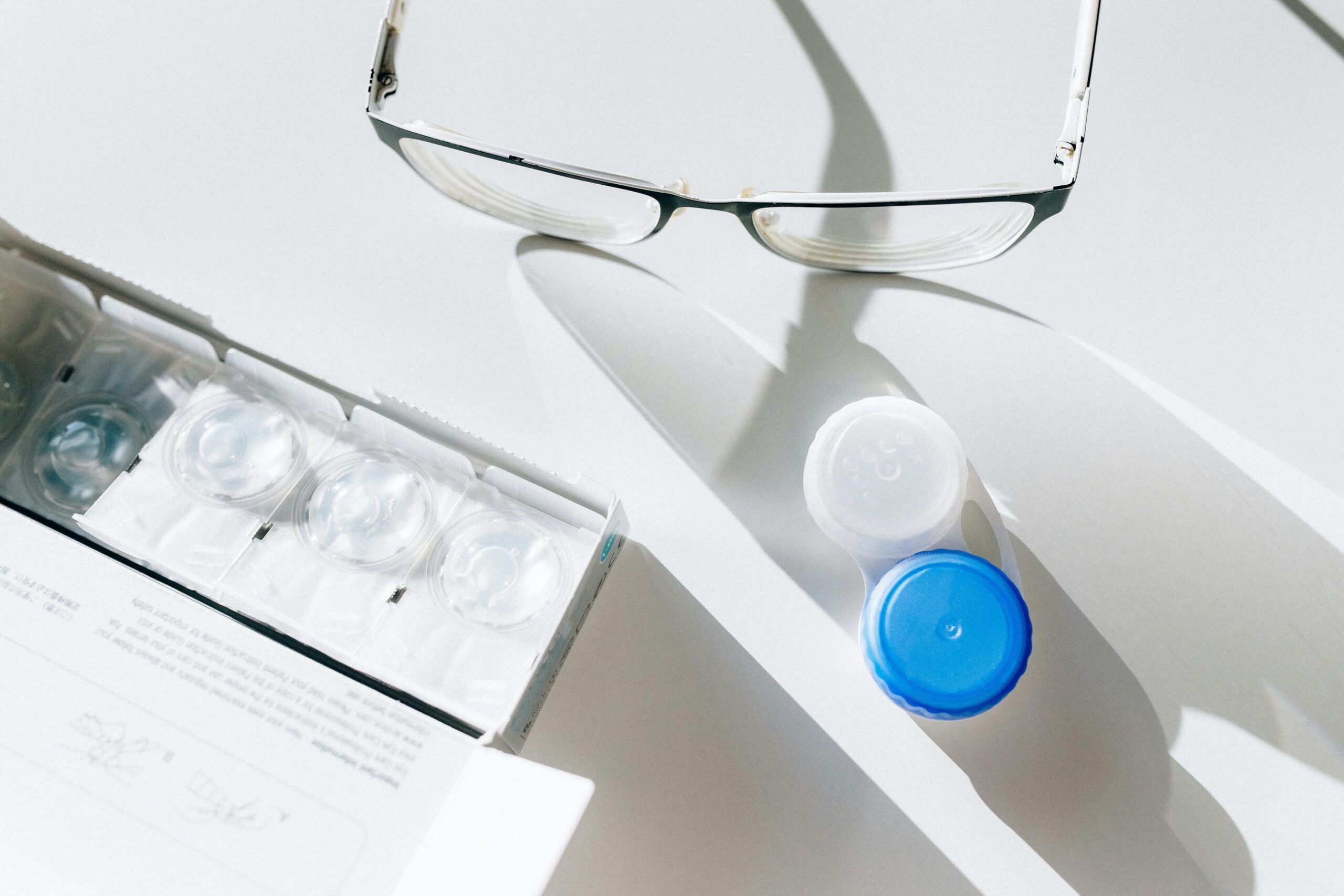Glaucoma is a group of eye conditions that damage the optic nerve, which is crucial for good vision. This damage is often caused by abnormally high pressure in the eye and can lead to irreversible vision loss if left untreated. Often referred to as the “silent thief of sight,” glaucoma typically progresses slowly and without symptoms until significant vision loss has occurred.
What Is Glaucoma?
Glaucoma is not a single disease but a group of disorders that affect the optic nerve, the part of the eye that transmits visual information from the retina to the brain. The most common form of glaucoma, known as primary open-angle glaucoma, develops gradually and painlessly, making it difficult to detect without regular eye exams.
Types of Glaucoma
- Primary Open-Angle Glaucoma (POAG):
- Most Common Type: POAG is the most common form of glaucoma. It occurs when the drainage angle in the eye remains open, but the trabecular meshwork (a spongy tissue) becomes less efficient at draining the fluid (aqueous humor) from the eye.
- Symptoms: POAG is asymptomatic in its early stages, which is why it’s often referred to as the “silent thief of sight.” Vision loss begins with peripheral or side vision, progressing to tunnel vision and eventually central vision loss if left untreated.
- Risk Factors: Age, family history, high intraocular pressure, and race (higher risk in African Americans) are significant risk factors.
- Angle-Closure Glaucoma:
- Less Common but Acute: This form occurs when the drainage angle between the iris and the cornea becomes blocked or closed, leading to a sudden increase in intraocular pressure.
- Symptoms: Angle-closure glaucoma can cause sudden, severe eye pain, nausea, vomiting, blurred vision, and seeing halos around lights. It is a medical emergency that requires immediate treatment to prevent permanent vision loss.
- Risk Factors: Age, hyperopia (farsightedness), and ethnicity (higher risk in Asians and Inuit populations) increase the likelihood of angle-closure glaucoma.
- Normal-Tension Glaucoma:
- Occurs at Normal Eye Pressure: In this type, optic nerve damage occurs despite normal intraocular pressure levels. The exact cause is unknown, but it may be related to reduced blood flow to the optic nerve.
- Symptoms: Like POAG, it is often asymptomatic in the early stages and detected only through a comprehensive eye exam.
- Risk Factors: Factors like family history, cardiovascular disease, and being of Japanese descent may increase the risk.
- Secondary Glaucoma:
- Caused by Other Conditions: This type develops as a result of other medical conditions such as eye injuries, inflammation, tumors, or advanced cases of cataracts or diabetes.
- Symptoms and Treatment: Symptoms and treatment vary depending on the underlying cause.
- Congenital Glaucoma:
- Present at Birth: This rare form occurs in infants and young children due to a developmental defect in the eye’s drainage system.
- Symptoms: Symptoms include excessive tearing, light sensitivity, and an enlarged eye (buphthalmos).
- Treatment: Surgery is often required to correct the drainage problem.
Causes and Risk Factors
The exact cause of glaucoma isn’t fully understood, but several factors contribute to its development:
- Increased Intraocular Pressure (IOP): The most significant risk factor for glaucoma is elevated intraocular pressure. This pressure results from a buildup of aqueous humor, the fluid that flows in and out of the eye, when the drainage system doesn’t work properly.
- Age: The risk of glaucoma increases with age, particularly after the age of 60.
- Family History: Having a family member with glaucoma increases your risk, suggesting a genetic predisposition.
- Ethnicity: African Americans are at a higher risk of developing POAG, while Asians and Inuit populations are more susceptible to angle-closure glaucoma.
- Medical Conditions: Conditions like diabetes, hypertension, and heart disease can increase the risk of glaucoma.
- Eye Injuries: Trauma to the eye can lead to secondary glaucoma.
- Prolonged Use of Corticosteroids: Long-term use of steroid medications can increase intraocular pressure, leading to glaucoma.
Symptoms of Glaucoma
The symptoms of glaucoma can vary depending on the type and stage of the disease:
- Primary Open-Angle Glaucoma: Typically, there are no early symptoms. Vision loss begins with peripheral vision and progresses gradually.
- Angle-Closure Glaucoma: Symptoms include sudden eye pain, severe headache, nausea, vomiting, blurred vision, and halos around lights. It requires immediate medical attention.
- Normal-Tension Glaucoma: Similar to POAG, there are usually no early symptoms, and it is often detected through routine eye exams.
- Congenital Glaucoma: Symptoms in infants include cloudy eyes, excessive tearing, and light sensitivity.
Diagnosis of Glaucoma
Regular eye exams are crucial for early detection and treatment of glaucoma. Your eye care professional may perform several tests to diagnose glaucoma:
- Tonometry: Measures the pressure inside your eye.
- Ophthalmoscopy: Allows the doctor to examine the shape and color of the optic nerve.
- Perimetry (Visual Field Test): Tests your peripheral vision to detect areas of vision loss.
- Gonioscopy: Examines the drainage angle of your eye.
- Optical Coherence Tomography (OCT): Creates detailed images of the optic nerve and retinal layers to detect damage.
Treatment Options for Glaucoma
The goal of glaucoma treatment is to reduce intraocular pressure to prevent further optic nerve damage. Treatment options include:
- Medications:
- Eye Drops: Prescription eye drops are the most common treatment for glaucoma. They reduce eye pressure by either decreasing the production of aqueous humor or improving its outflow.
- Oral Medications: In some cases, oral medications may be prescribed to lower eye pressure.
- Laser Treatment:
- Trabeculoplasty: A laser is used to open clogged drainage channels, improving fluid outflow.
- Iridotomy: A laser creates a tiny hole in the iris to help fluid drain in cases of angle-closure glaucoma.
- Surgery:
- Trabeculectomy: A surgical procedure that creates a new drainage pathway for the aqueous humor.
- Tube Shunt Surgery: A small tube is implanted in the eye to help drain fluid and lower pressure.
- Minimally Invasive Glaucoma Surgery (MIGS): Newer surgical techniques designed to reduce IOP with fewer complications and faster recovery times.
- Lifestyle and Home Remedies:
- Regular Exercise: Moderate exercise can help reduce eye pressure.
- Healthy Diet: A diet rich in fruits, vegetables, and omega-3 fatty acids supports overall eye health.
- Protect Your Eyes: Wearing protective eyewear can prevent injury that might lead to secondary glaucoma.
Prevention of Glaucoma
While you can’t prevent glaucoma, you can take steps to catch it early and slow its progression:
- Regular Eye Exams: Schedule routine eye exams, especially if you’re over 40 or have risk factors for glaucoma.
- Know Your Family History: Inform your eye care professional if glaucoma runs in your family.
- Take Prescribed Medications: If you’re diagnosed with glaucoma, adhere to your treatment plan to manage the condition.
- Protect Your Eyes: Avoid eye injuries by wearing protective eyewear during sports or when working with hazardous materials.
Conclusion
Glaucoma is a serious and potentially blinding condition that requires ongoing management. Regular eye exams are crucial for early detection, and with proper treatment, most people with glaucoma can preserve their vision. Understanding your risk factors and staying informed about the disease can help you take proactive steps to protect your eye health. If you’re at risk or experiencing symptoms, consult an eye care professional to discuss your concerns and develop a personalized treatment plan.
For more info, download our detailed brochure here.



